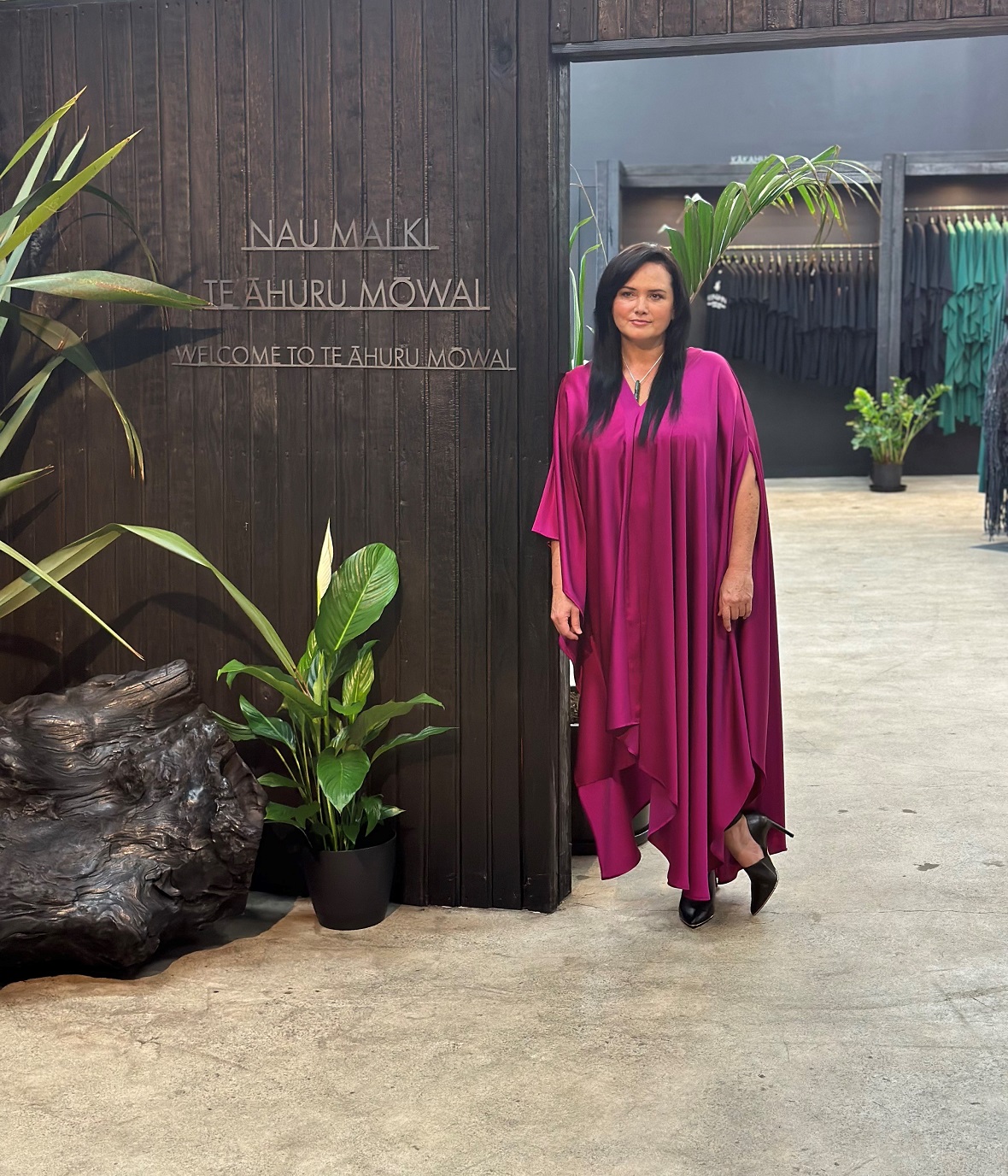

Fashion writer Josie Steenhart asks leading Auckland designer and mentor Kiri Nathan (Ngāpuhi, Ngāti Hine, Ngāti Maru, Ngāti Hauā), whose pieces have adored the likes of Jacinda Ardern, Barack and Michelle Obama, Meghan Markle and Beyonce, about her choice of Dunedin as her first South Island stockist.
Q. What are some of your earliest memories relating to fashion?
Watching Ginger Rogers and Fred Astaire movies with my grandmother Inez, who taught me to sew. I still have the old Singer machine and all her tools and I display them at our space, Te Āhuru Mōwai, with her memoirs. She was the earliest inspiration for my love of fashion and creativity.
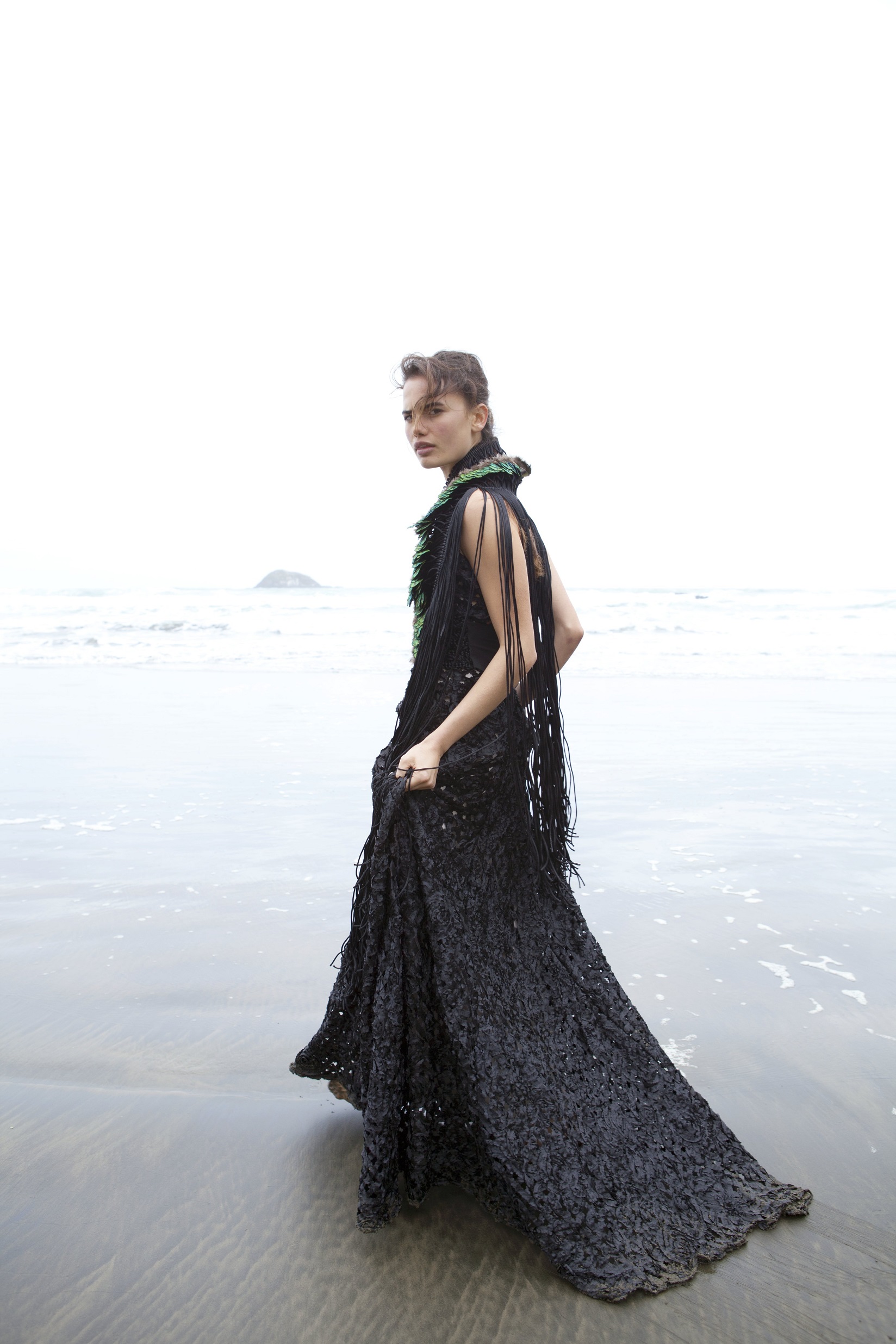
Q. Why did you first think about a career in the industry?
As a young solo mother I studied a visual arts degree, majoring in fashion. Those three years of study put me off fashion completely, ha!
So I ventured off down another career path, but dabbled in all the fashion competitions and participated in many runways over a 20-year period. I was lucky to win quite a few competitions over those years and eventually in 2008, I won the supreme award at the Style Pasifika awards.
The award was presented to me by the then prime minister of New Zealand in front of my very ill 83-year-old grandmother Inez.
It was in that moment the decision to start our own label was made. We officially registered the business in 2010.
Q. What was the first piece you designed?
Oh, that would have been in the years I made my own clothes to go to school discos.
I’d take Mum’s old tablecloths or curtains and make myself dresses, skirts and tops that I’d seen in music videos.
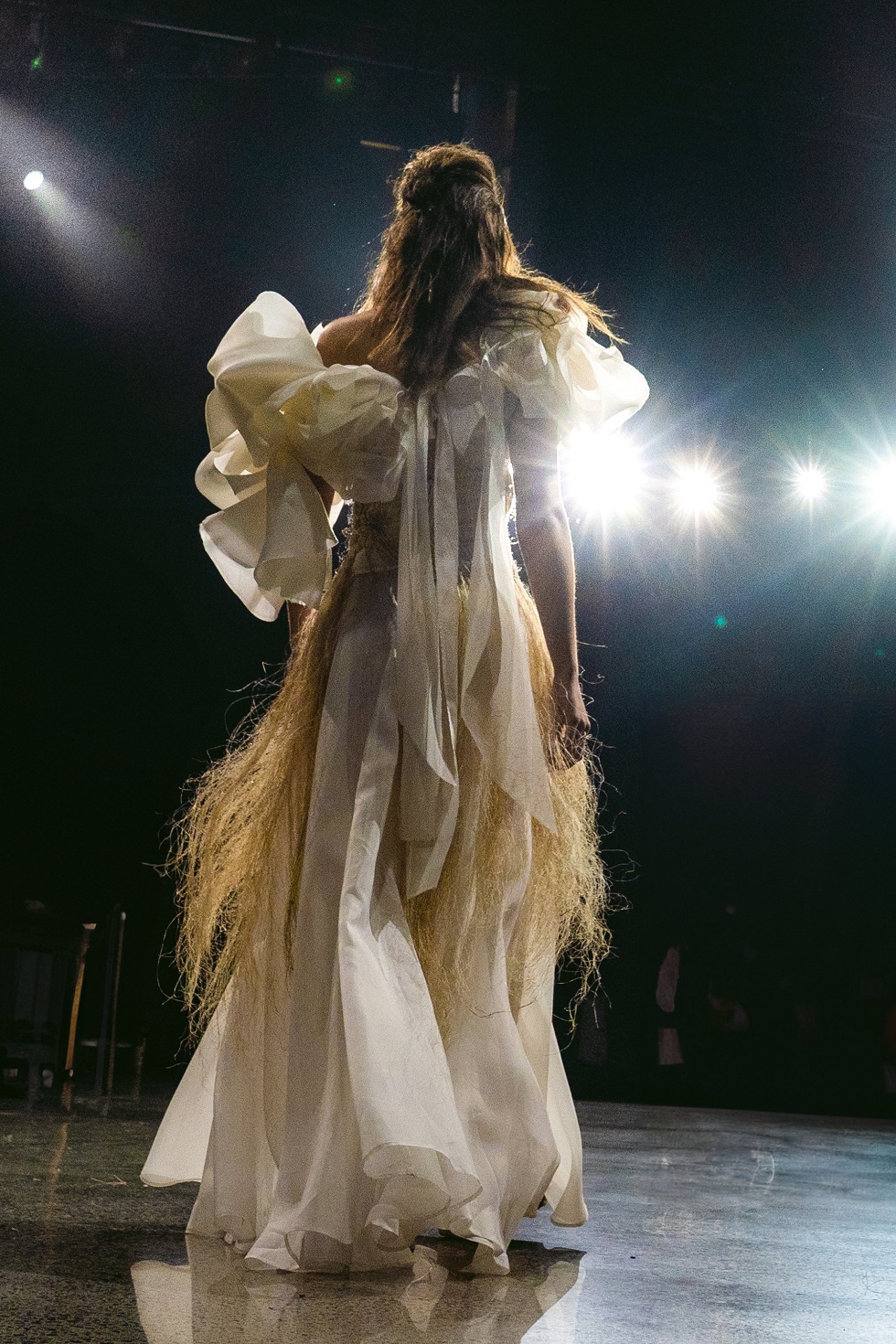
It was a great time as the creativity was free-flowing and I hadn’t moved into the world of business or the restrictions that having to create revenue incurred.
Q. What makes the Kiri Nathan brand so special?
Every label that fits in the slow fashion realm is unique and special. We all pull from our lived experiences and for some of us we draw inspiration from our culture.
Our label is unique for many reasons. I guess the most prevalent would be we were the first brand to take a high-end approach to clothing and accessories and commercialise into a business.
We did this while maintaining our cultural integrity and focusing on our responsibilities to reciprocating to our culture.
We take our responsibilities to culture, people and planet very seriously.
Q. What are your favourite materials to work with?
I adore texture, so if I can hand-weave texture into anything I will.
I love natural fibres and fabrics — it’s a privilege to be able to work with them. I also adore textiles that hold form.
Until recently, you wove every kākahu [cloak] by hand
I learnt to weave with muka (flax fibre) and harakeke (flax) 30 years ago and then specifically kahu in contemporary mediums 18 years ago at Manurewa marae.
These learnings, combined with the visual arts and fashion learning, culminated in the hand-weaving and production of the fashion pieces our label has always produced.
Last year I started teaching a few friends — they learnt quickly and were able to help produce some of the pieces that showed on our New Zealand Fashion Week runway last year. I was so proud of them.
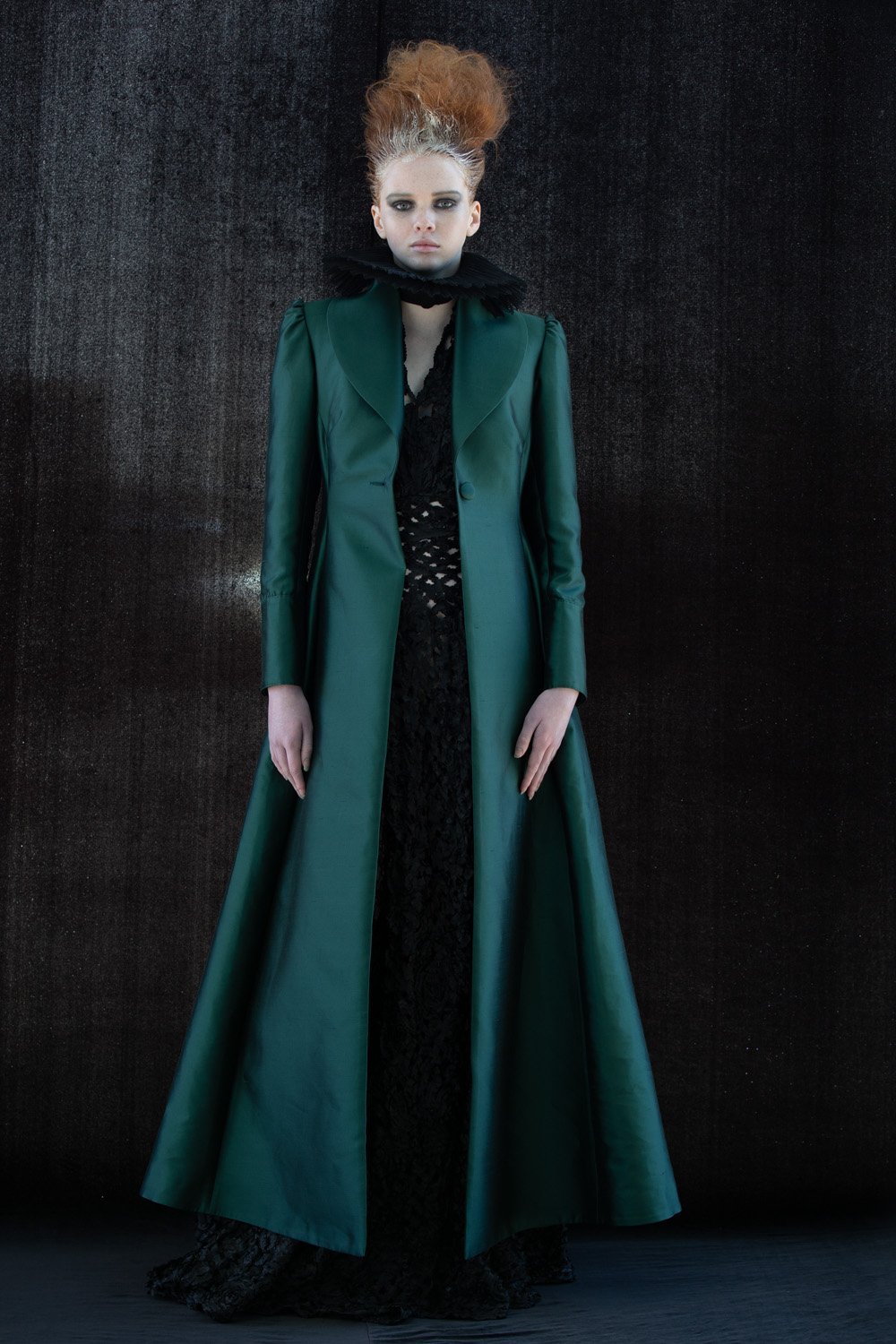
Q. You are also involved in some other projects?
I sit on a few boards that align with my values. They take up a fair amount of time.
In 2017 I founded the Kāhui Collective (a community of Māori, Pasifika and indigenous designers who support each other’s success and are building towards a more equitable world), and not long after I started to build the KAURI ecosystem (fostering a commercial Māori fashion industry).
Eighty percent of this system is rival enterprise and 20% is commercial. There are programmes, initiatives, international and export focuses, AI and technology focuses, sustainability and trademark commitments and focuses. In short, it keeps me very, very busy.
The social enterprise components require funding and grant support. Therefore there is a lot of time spent trying to find those pockets of money, which are like chicken teeth in this climate. It’s also challenging trying to explain what the future could look like when there are no reference points.
We consistently create new space, opportunities and pathways for ourselves and the Kāhui Collective. So many incredible things have been achieved already — it’s an exhausting but exciting journey.
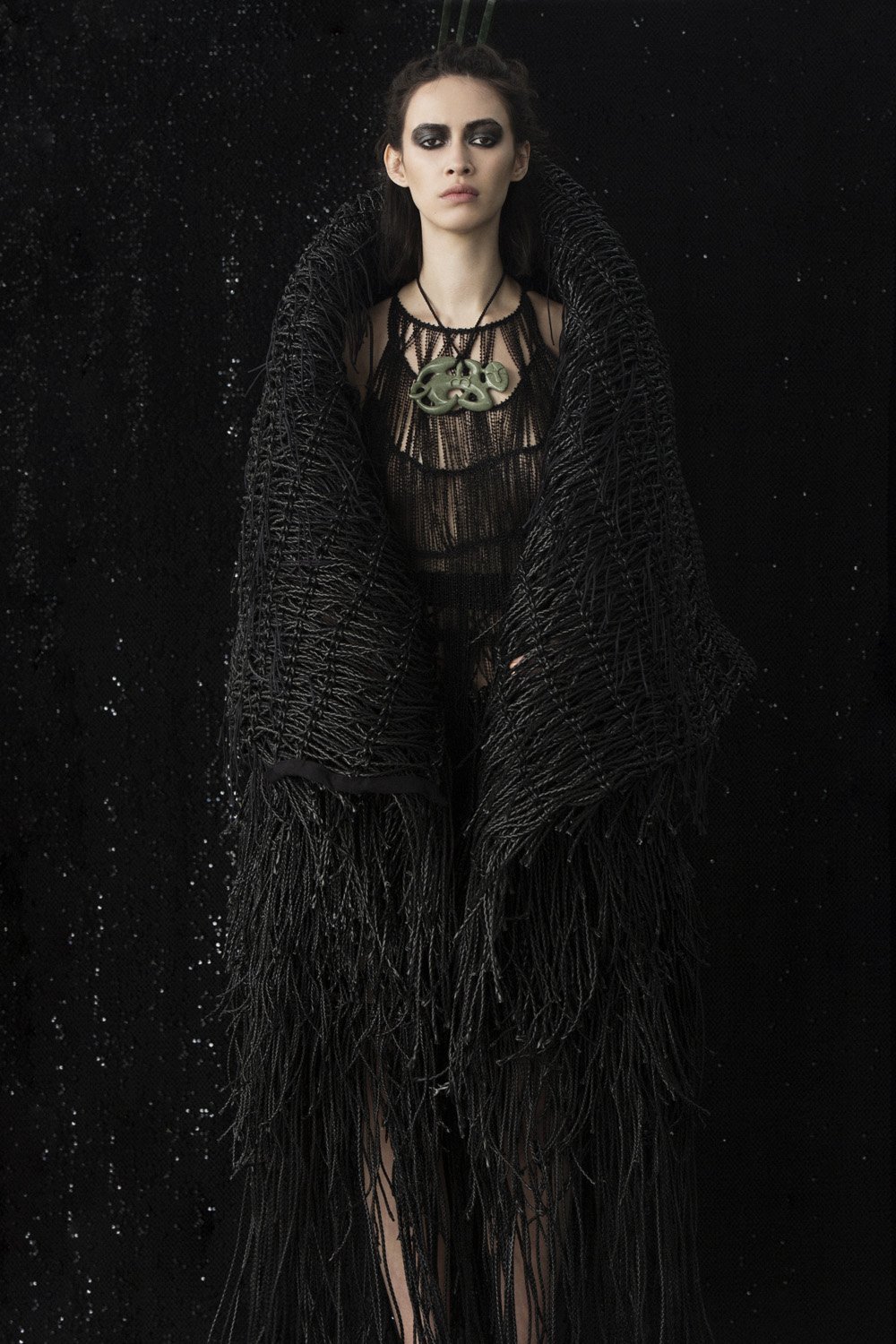
Proudest moments are always reflected in the way our children navigate and turn up along this fashion and social enterprise journey. It’s the way our “chosen tribe” turns up in genuine love and support. So my proudest moments always come back to people and realness.
Q. The Shelter in Dunedin is the first Kiri Nathan stockist in the South Island — how did that come about?
The Shelter is the first Kiri Nathan stockist full stop! We never stocked with anyone because we couldn’t identify stores or platforms that could sell our products with cultural integrity, that had staff who could understand pūrākau Māori (Māori stories) or pronounce words correctly.
These things are important in our responsibilities and how we approach the commercial aspects of our business.
Vicki (Taylor) and the team at The Shelter have been an absolute dream. We started in the Tāmaki Auckland Shelter store and have very excitedly moved into the Ōtepoti Dunedin store.
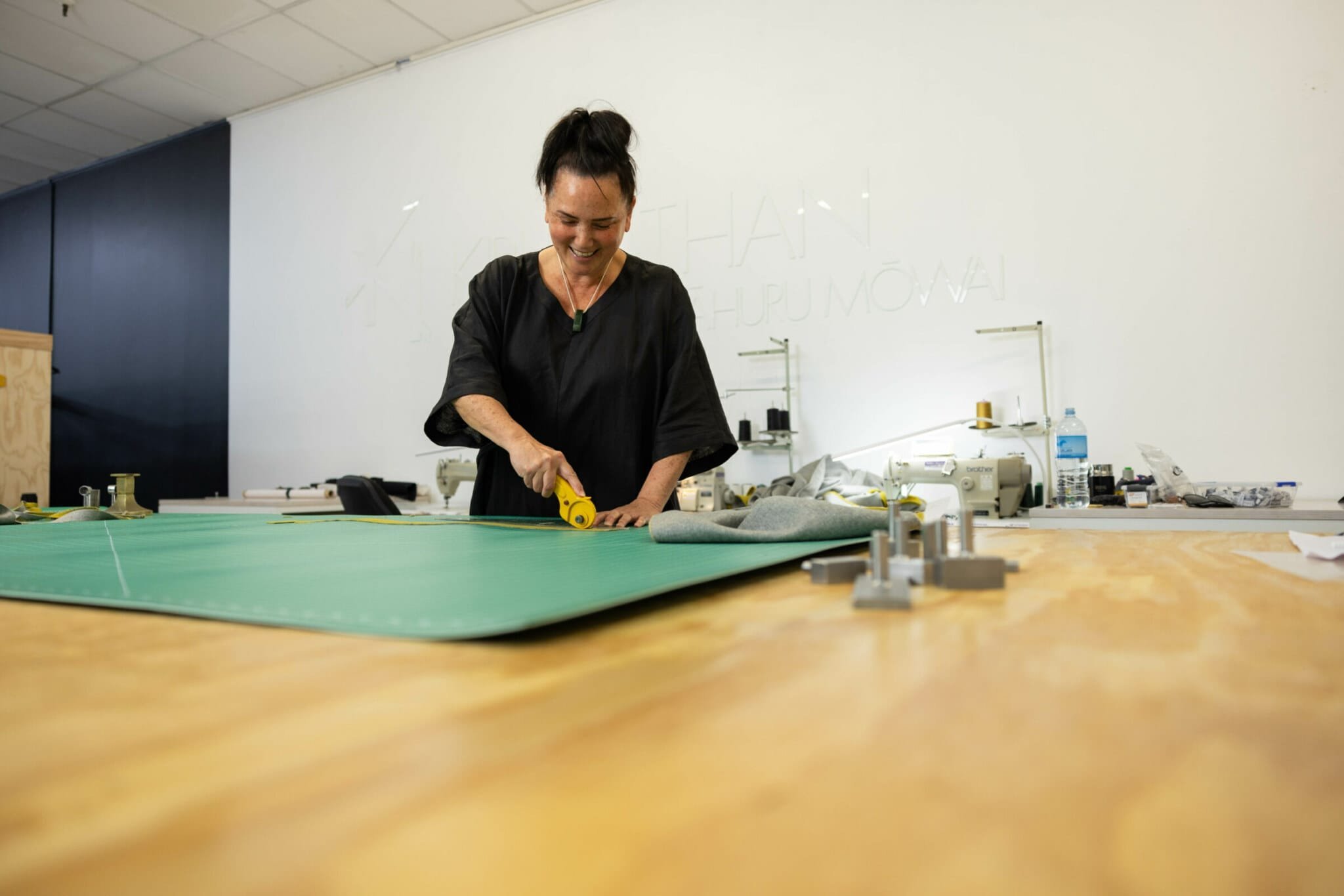
I love Ōtepoti, it reminds me of Scotland, where I spent most of my childhood. The way the town is set up reminds me of Edinburgh, where my sister was born.
Dunedin feels like another version of home.
The Taieri train ride is one of my fondest life experiences.
There’s an exciting and unique fashion culture down there, and I judged the iD fashion awards a few years back, which was awesome. What an outstanding initiative.
One of our Kāhui Collective members, Katherine Inder, is an honours graduate of Otago Polytechnic under the wise mentorship of Margo Barton. So there are many, many touch points in Ōtepoti that organically connect.











